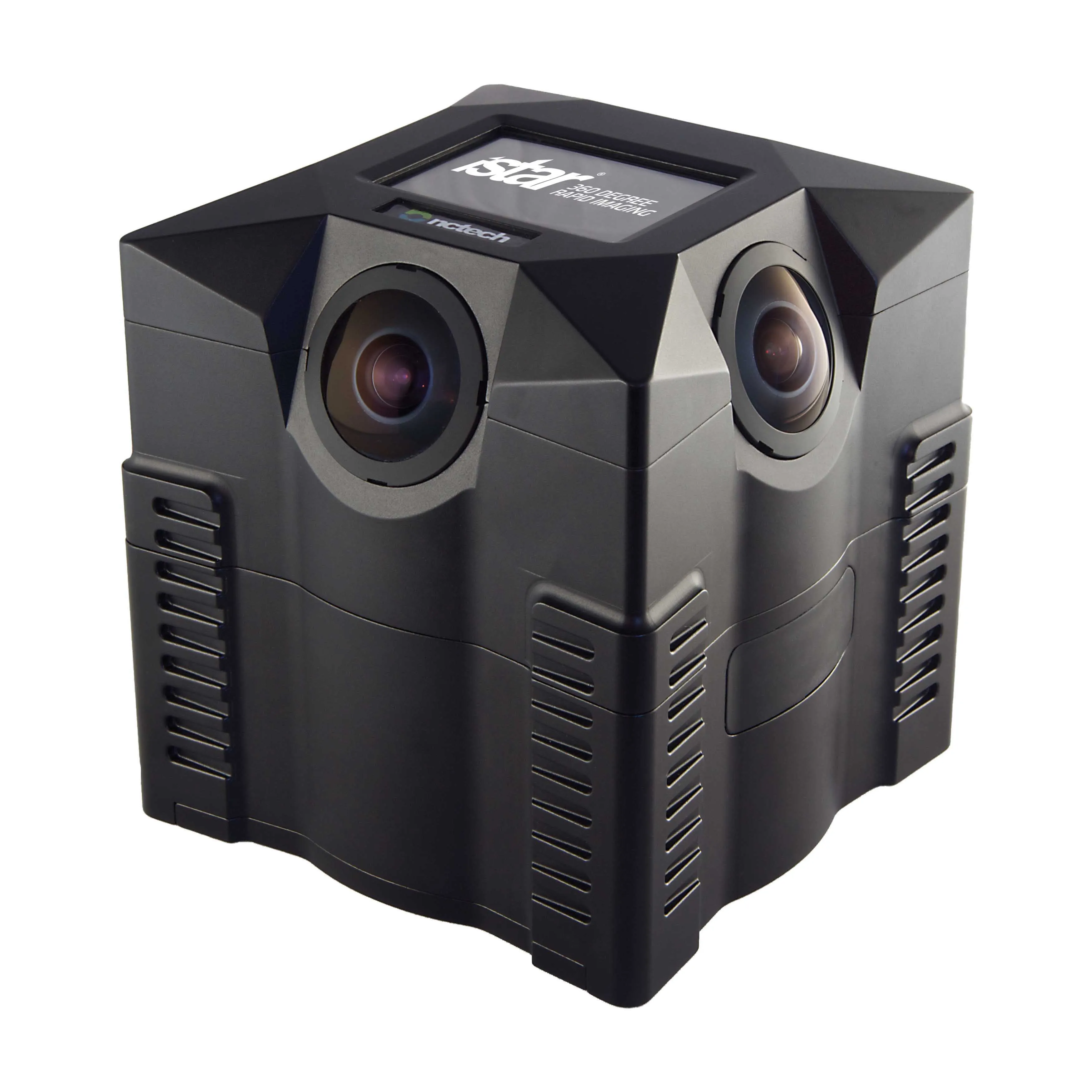Iteris has announced Vantage Vector, the latest addition to its portfolio of Vantage vehicle detection solutions. The new device, which fuses the company's proven video detection with radar sensor technology to extend the range and richness of detection data, will begin shipping in the first quarter of 2012.
May 2, 2012
Read time: 2 mins
Vantage Vector is an all-in-one vehicle detection sensor with a wide range of intersection sensing capabilities, including stop-bar and advanced zone detection, as well as sensing properties that enable new safety and adaptive control applications. Iteris says that its radar sensing capabilities offer high precision for ‘dilemma zone’ detection and provides richer data that enables an exciting new range of speed-related intersection safety functions. The enhanced information includes position and speed of individual vehicles.
According to Abbas Mohaddes, Iteris president and CEO, “This premium product is based on sensor fusion by combining video and radar, and was developed for agencies that require enhanced detection for select applications. We expect the use of sensor fusion technology to contribute to the broader and more rapid adoption of video detection.”
In addition to its detection capabilities, Vantage Vector provides a robust graphical user interface for simple radar set-up, while maintaining the video configuration process familiar to existing Vantage users. Easy communication with the sensor unit from the roadside cabinet is accomplished with standard Wi-Fi connectivity, while its design, colour, and mounting effectively blend the sensor into its surroundings.







